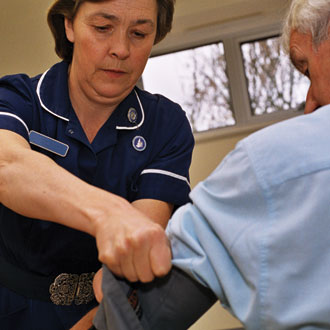Practice pharmacists and nurses in ‘turf war’ due to ambiguous job roles, report claims

A lack of clarity about the remit of practice pharmacists has led to ‘professional tensions’, according to a new report.
The paper, published in the Research in Social and Administrative Pharmacy journal, interviewed 37 healthcare professionals from 10 clinics in south-east England, including pharmacists, GPs and nurses.
According to the report, the integration of pharmacists into practices – first piloted by NHS England in 2015 – has been generally ‘well received’ by patients and staff, but has caused some tension, resulting in a ‘turf war’ between nurses and pharmacists in some cases.
The NHS England pilot scheme, which involved 400 clinical pharmacists, was designed to reduce the workload of primary care doctors and nurses, and included structured training, clinical mentorship and partial funding for the pharmacists’ salaries.
But the latest report found uncertainty about the specific role of the pharmacist has caused some issues due to ‘overlap in responsibilities’.
One of the GPs interviewed said: ‘We have definitely found with having the pharmacist that the overlap with the nursing role is actually quite dramatic.
‘I think it is fair to say when they started there was a bit of a turf war going on.’
The report also suggested that the focus on easing the burden on GPs and nurses, rather than on the ‘unique value’ pharmacists can add, created more tension.
One pharmacist referred to themselves as a ‘jack of all trades and master of none’.
The report concluded: ‘The study found that the evolving role of the pharmacist in primary care is well received by patients and healthcare professionals and is perceived to have positive long-term effects. However, the integration of the pharmacist needs to be planned in an effort to reduce the challenges that were observed in the study.
‘The lack of role clarity led to complexity, fragility and professional tensions due to overlap in responsibilities. Most importantly, the needs of the clinic and the population of patients it serves should be evaluated first to help specify the job description.’
As part of the new five-year GP contract, 22,000 additional practice staff will be funded, including practice pharmacists, who will have 70% of their salaries paid by new primary care networks.
A version of this story was first published by Pulse’s sister publication Management in Practice.
Pulse July survey
Take our July 2025 survey to potentially win £1.000 worth of tokens












